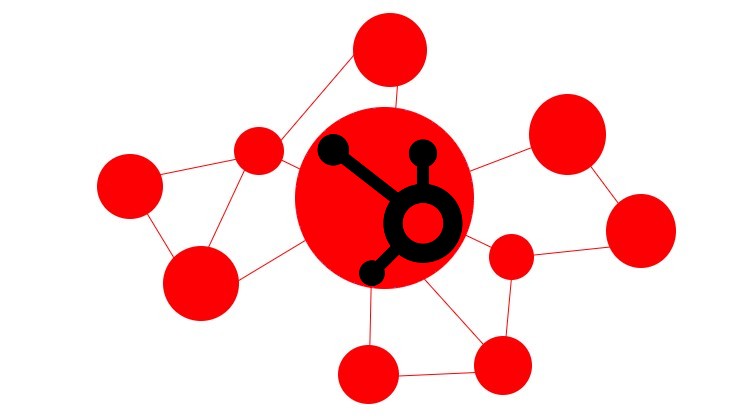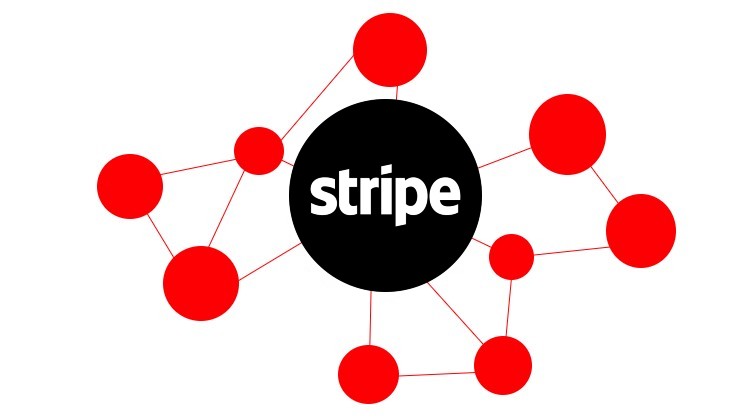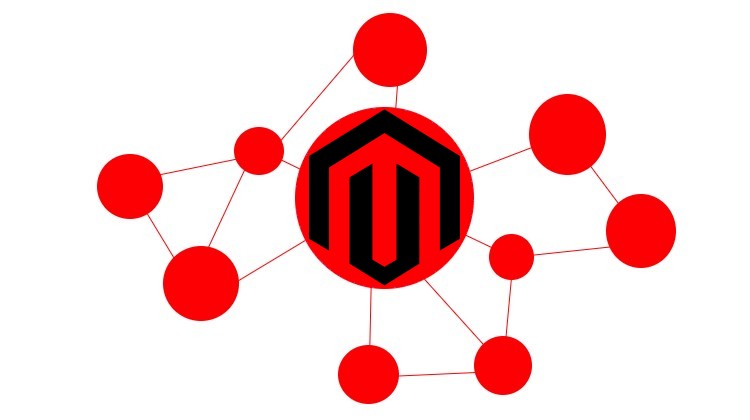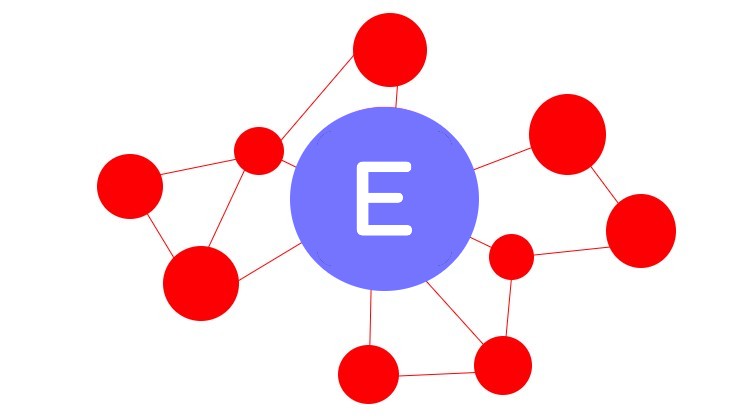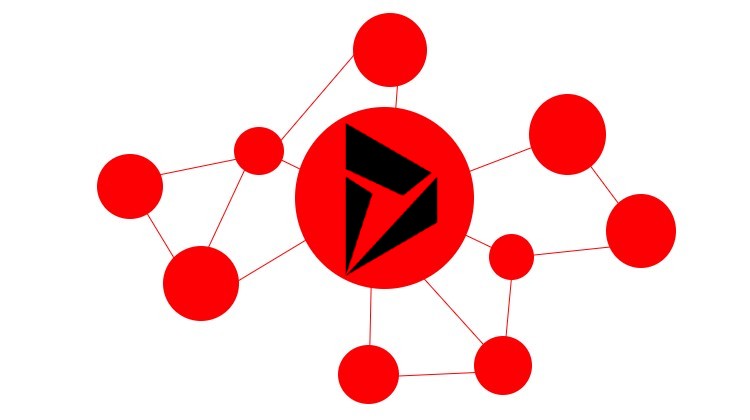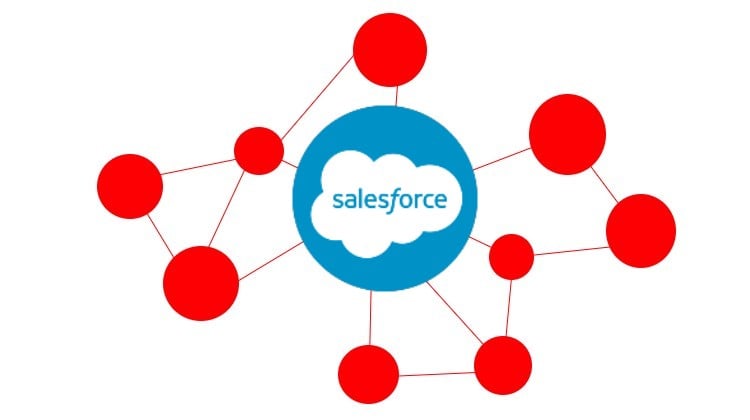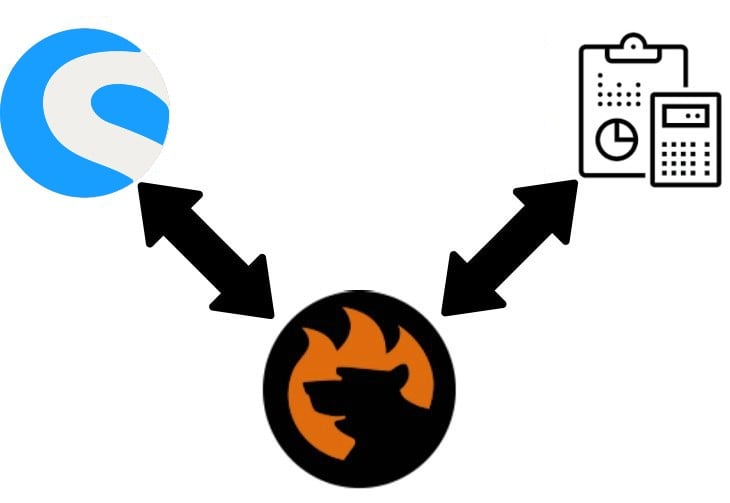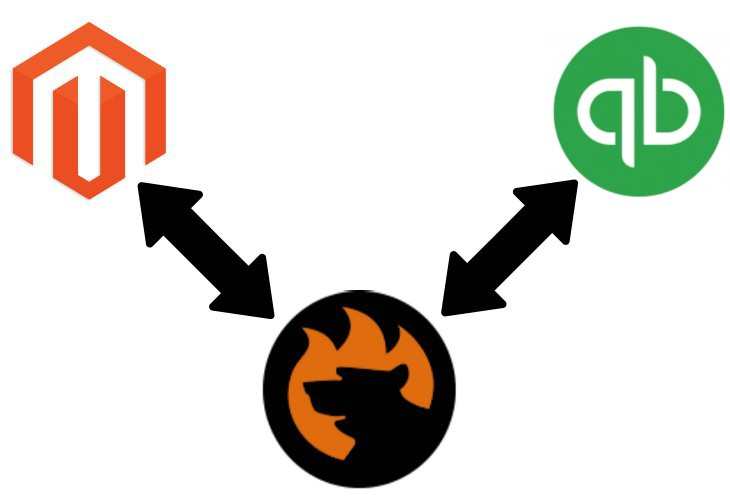The Ultimate Guide To Shopify Integrations
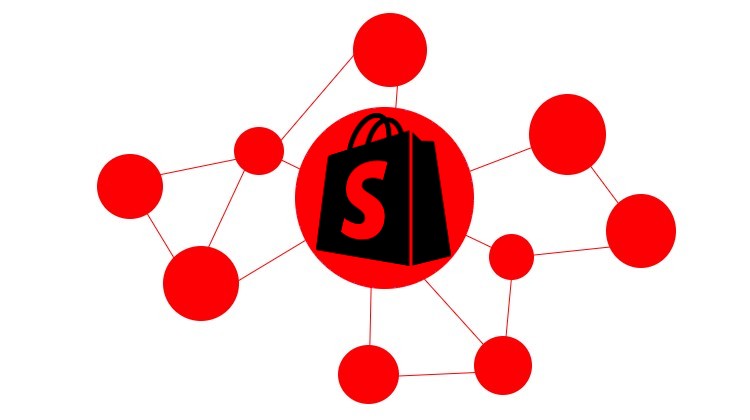
Let’s talk about Shopify integrations. Most people know Shopify as a fully independent e-commerce platform. However, its default functionality is not always enough to satisfy specific business demands. If it happens so, merchants need to integrate Shopify with third-party systems. Below, we’d like to introduce you to the core types of Shopify integrations. We discuss native, third-party, iPaaS, and custom integrations. You will learn their distinctive features, advantages, and disadvantages. Also, we highlight the most popular Shopify integrations including platforms such as SAP Business One, Quickbooks, Amazon, Hubspot, WordPress, and Salesforce. Continue Reading
